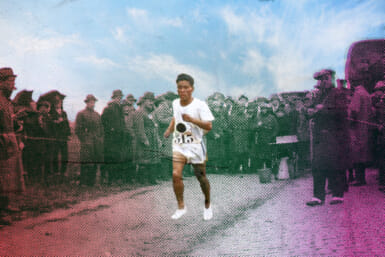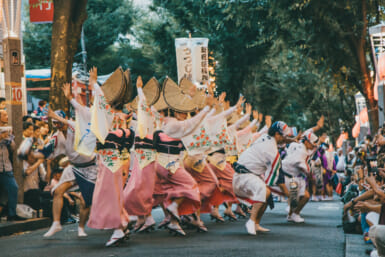Tokyo is home to the world’s most impressive museums from Roppongi’s modern Mori Art Museum to The National Art Center, Tokyo, the architectural marvel designed by Kisho Kurokowa. Beyond these internationally acclaimed institutions, Tokyo is also home to unique and eccentric galleries hiding in plain sight, and in places where you would least expect them.
Tokyo Arts and Space (TOKAS) Hongo in Bunkyo is one of the latter. This small, yet rich gallery showcases on-the-rise artists from Japan and abroad. Its latest exhibition, Foreshadows, is the first part of two that introduces 14 artists who were inspired by their time spent in a foreign country. The number of foreign artists inspired by Japan, such as LA-based British painter Kour Pour, are endless. However, I was intrigued by three Japanese artists featured in the Foreshadows exhibition who created works based on their experiences living and studying in Canada, Switzerland and Germany.
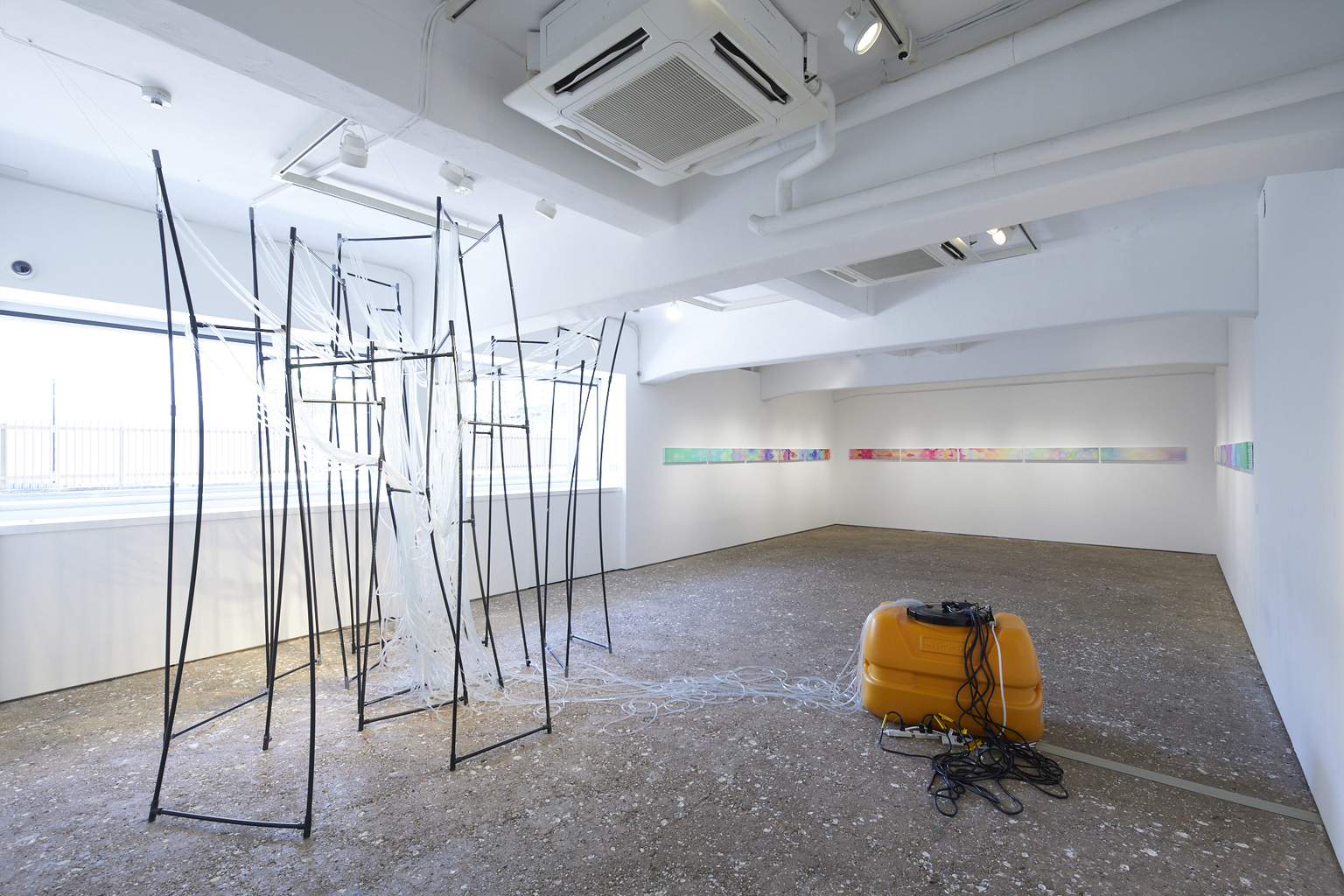
MATSUDA Chika, Canadian Souvenir, 2019
Chika Matsuda | Montréal
As a Canadian who grew up in Montréal, I was curious to see how Matsuda interpreted French-Canadian culture.
During her three months residency at the Centre Clark, the sculptor and installation artist left the city to visit a sugar shack, a small cabin in the woods dedicated to maple syrup production. Quebec is the world’s largest producer of maple syrup, and this perfect accompaniment to pancakes (and bacon) became the inspiration for this Japanese artist. While she was learning about maple syrup production, Matsuda also became fascinated with the controversial Trans Mountain pipeline extension, which had many issues ranging from its effect on the local flora and fauna to sociopolitical conflicts between the citizens and Prime Minister Justin Trudeau.
Inspired by her visits to the sugar shack and what she consumed through the news, the artist created an installation that is Matsuda’s interpretation of a maple tree. She brought back cans of maple syrup, which she then diluted 40 times to make maple water that could flow from the trees. Matsuda connected pumps to translucent pipes that she then rested and shaped to look like a trunk and branches.
Keep up with Matsuda here.
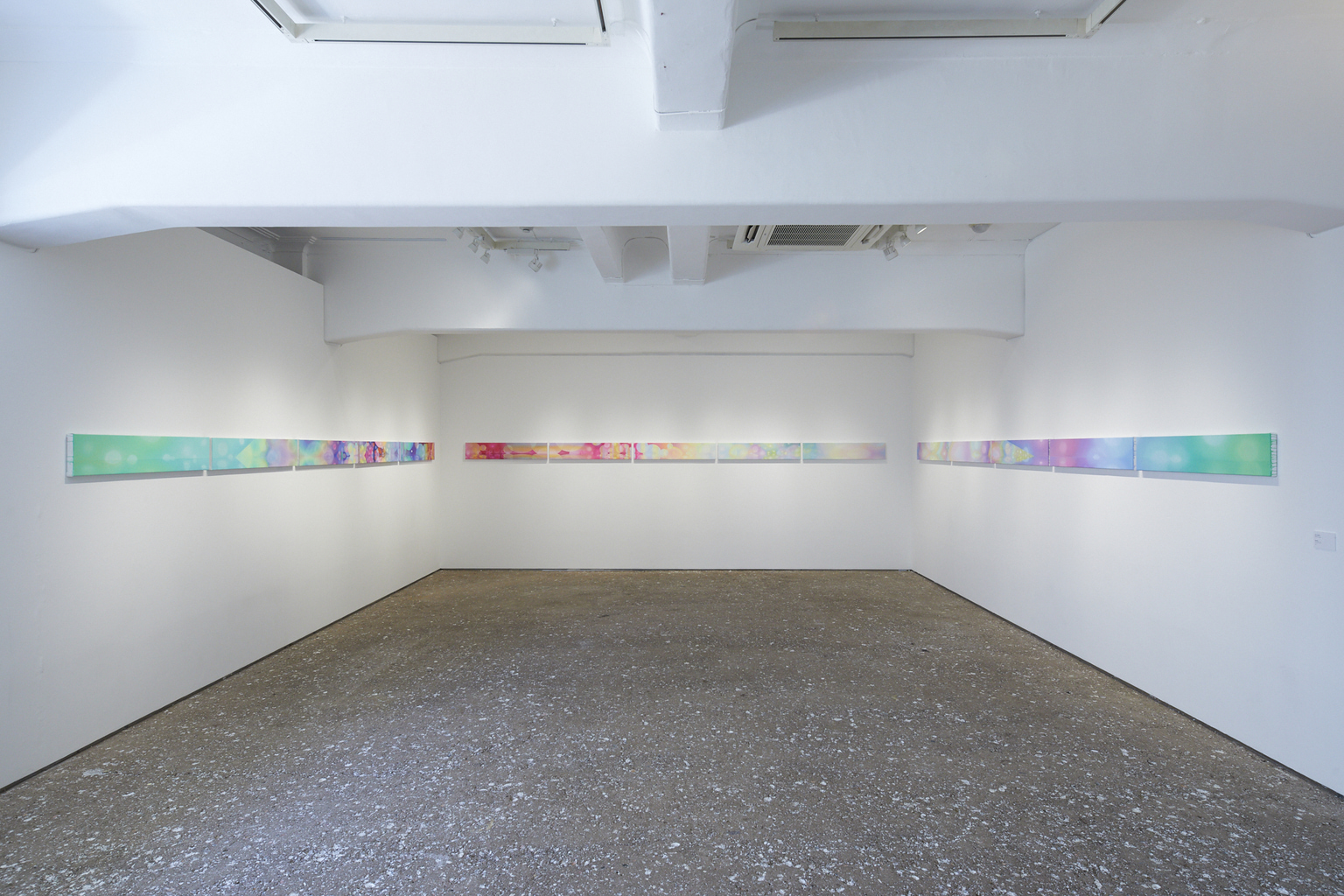
SOYA Asae, Chords, 2019
Asae Soya | Basel
Although she is no stranger to working abroad, spending three months in Basel, Switzerland was an eye-opening experience for Soya. The artist was hit with inspiration for her piece “Chords” when she visited the Dreiländereck bridge. The three neighboring countries of Switzerland, France and Germany can be seen simultaneously as people pass over this monument, however, each country is indistinguishable from the others.
Soya lives with the synesthesia, a condition that allows her to sees sounds. “Chords” is the first time that she worked on a piece heavily inspired by what she saw and heard thanks to her condition. Toned down from her usual vibrant and dynamic works, this recreation of a 360-degree landscape is painted with colorful oils on elongated canvases, telling the story of a day, from dawn to dusk. With shapes reminiscent of sun flares, it’s absolutely mesmerizing. At the artists’ talk event, Soya revealed that the three countries are represented in the paintings, but cannot be distinguished, just as they are on the Dreiländereck bridge. Can you see them?
See where Soya goes next here.
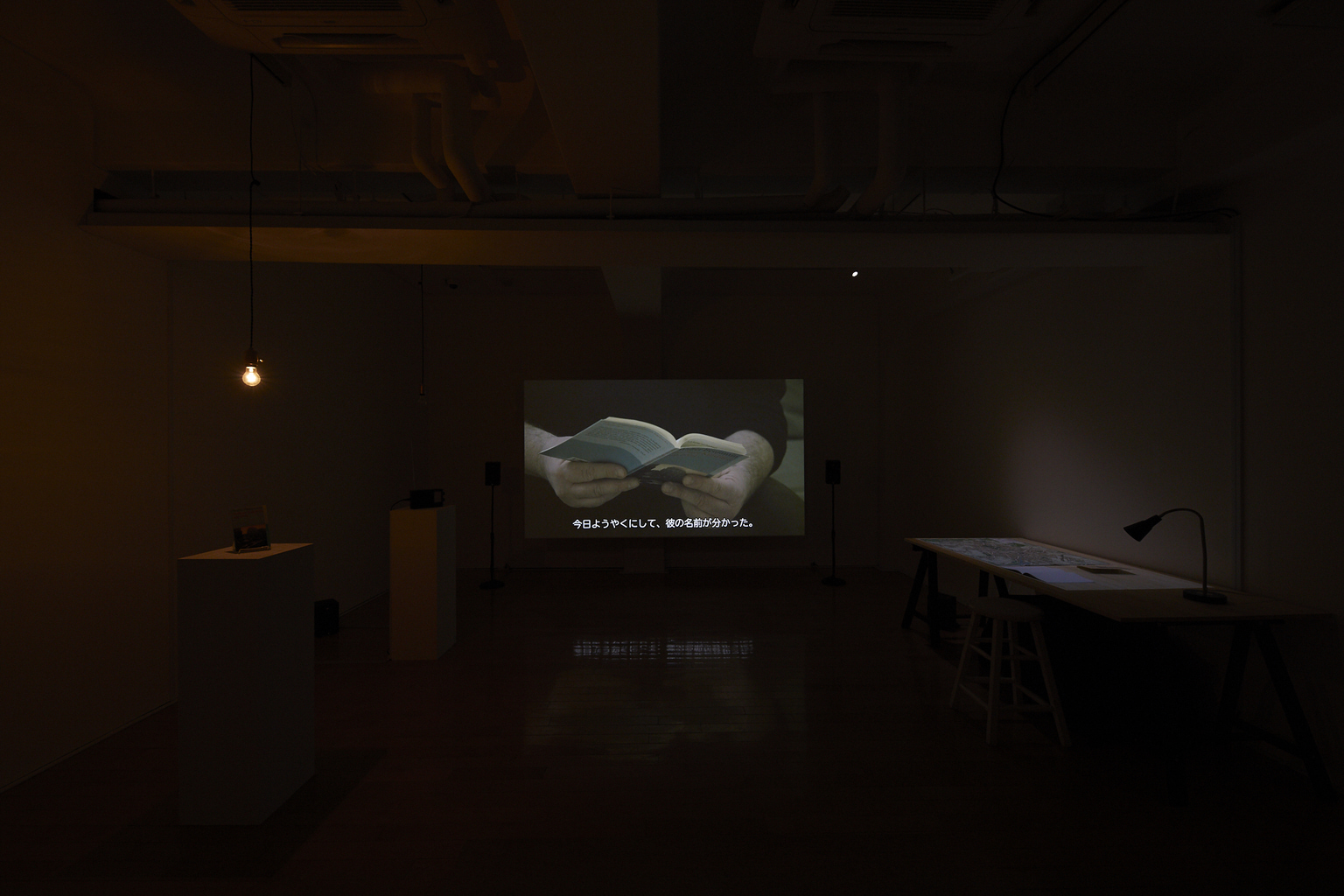
MIKAMI Ryo, Over The Border, 2019
Ryo Mikami | Berlin
“Things like political, social, customs, common sense, productivity or efficiency has been covered with a veil in daily life. But as long as there are human beings there may be some kind of chance or circumstance that contain unconscious human creativity. I’m trying to create a device for visualizing the hidden relationships or unconsciousness in the field of art. I’m looking for the moment when a sight or thing appears without the veil.”
These are the last sentences from Mikami’s statement on his website, and they apply to his new media piece, “Over the Border,” exhibited at TOKAS Hongo.
Like Soya, Mikami is familiar with the process of working abroad and the intense creativity that is borne from living in a new city. Through the historic locales and reference points in Berlin, Mikami felt the lingering spirit of the past. This installation combines eerie and video through three distinct parts: two objects on display, a short movie and a desk. The two objects – a book and a camera – hint at the historic events of Berlin’s tumultuous past. The desk, on which is laid a map and an empty notebook, is symbolic of history itself. While the installation is minimalist in appearance, the objects and the video offer endless clues to the past, and the video is worth watching over and over as parts to the greater whole are revealed.
Explore Mikami’s impressive work here.
TOKAS Hongo allowed visitors to become familiar with up-and-coming artists (and support them!). It also makes contemporary art accessible with details and explanation behind the artist’s process and train of thought. This is a definite must-see if you want to skip the big museums and have a more intimate experience with Tokyo’s art scene.




